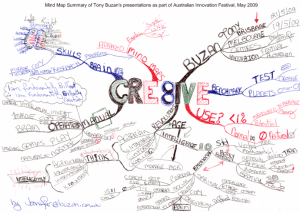 Grouping or classifying mind maps has potential to be somewhat academic. It may be appropriate to a specific use. For example, a book describing mind maps may use chapter headings for different types of mind map such as: personal, business, education, or financial. Alternatively mind maps may be grouped according to applications, such as: note taking, note making, planning, creativity, and project management.
Grouping or classifying mind maps has potential to be somewhat academic. It may be appropriate to a specific use. For example, a book describing mind maps may use chapter headings for different types of mind map such as: personal, business, education, or financial. Alternatively mind maps may be grouped according to applications, such as: note taking, note making, planning, creativity, and project management.
Consider for a moment the distinction between passive and active mind maps.
Passive Mind Maps
A student learning the laws of mind mapping creates examples, with the aim of demonstrating technique. The purpose is education and the experience is personal, or limited to a student-tutor relationship. Being hand drawn, as is necessary, precludes making significant changes. Often the mind map lacks direct application, as it is hypothetical.
Passive mind maps may be sophisticated and polished but often are tailored to a single purpose. It may be the outline for a presentation, the notes from a lecture, an event plan, or a shopping list. The extent to which it is shared with others is limited. This form of mind map has been created as a personal expression.
Passive mind maps often focus on meeting personal needs such as improving memory, problem solving, note taking or planning. In this context mind mapping is the Swiss Army Knife of the brain. Specifically, only the brain of the mind maps creator benefits without public exposure.
Active Mind Maps
The purpose of an active mind map is to communicate a message, not to demonstrate the mind map as a mental literacy tool. A mind map published as a poster, in a book, annual report, or instruction manual has a wide audience. This uses the mind mapping technique as a tool to communicate a message. Reading or interrupting a mind map should be comparable to the experience with a graph, flow diagram, or illustration. The aim is to provide comprehendible information to the recipient. To communicate their messages mind maps use keywords, colours, images, typography, lines and structure.
Exposure to many different mind maps at home, in school, at work, and in everyday life, contributes to their understanding and acceptance. Worldwide people will learn to read mind maps in the same way that they read a graph, a flow diagram, or an illustration. Knowing how to read a mind map is a giant step towards learning how to create mind maps.
Computer aided mind mapping software programs like iMindMap or Mind Genius provide new opportunities for promoting active mind maps. These applications enhance the presentation quality significantly. Creation time is reduced. They make changes, updates and improved versions, both manageable and co-operative. Software aids the creation of professional looking inter-active mind maps. These allow users to fill in the spaces, or blank branches, and engage the user in the process of creating the mind map.
Passive mind maps and active mind maps are different. Creating a passive mind map can be a lonely experience lacking feedback. Active mind maps should be collaborative. Often they benefit from consultation with others, or peer review. Quality improvement comes from consulting the user. An active mind map is a living construction always open to improvement.
The difference between a passive mind map and an active mind map is analogous with the difference between making an entry in your personal diary and writing an article. Your diary entry is for your own reflection. Your article is written to convey a message to others. The language, and style are different.
What additional skills are needed to create an active mind map? Possibly marketing is the answer. Active mind maps need to look attractive, be inviting, and engage the audience. They must be crystal clear communications. Ideally they appeal to an emotional information need.


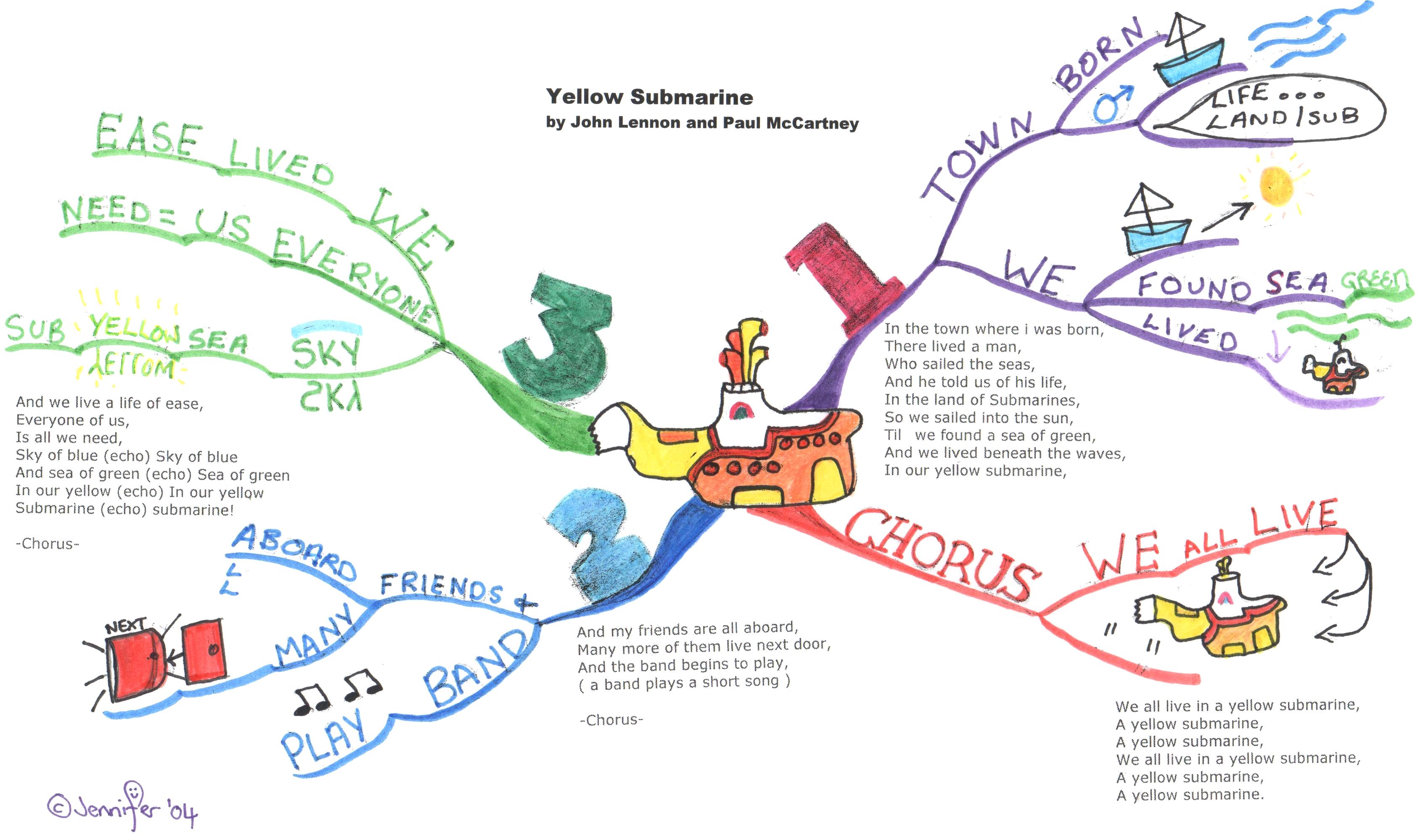
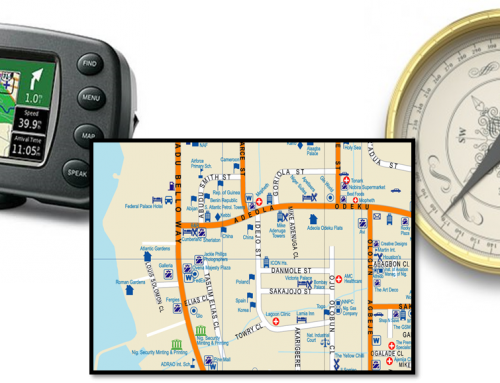

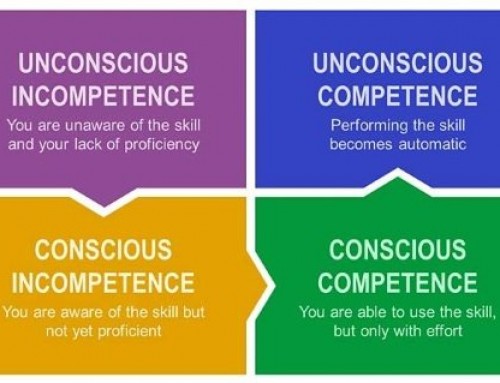
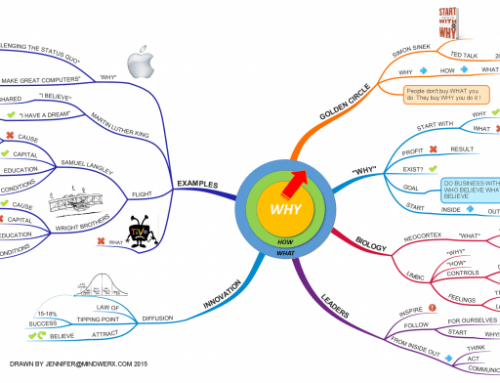

Leave A Comment
You must be logged in to post a comment.